Description
La Vallée Oberhasli by Johann Ludwig Aberli printed on a T-Shirt
About the T-Shirt
Regular fit
Standard length, the fabric easily gives into movement
Casual wear
A classic, everyday option loved by our customers
Side-seamed
Constructed by sewing two parts together, creating a fitted look
The Unisex Staple T-Shirt feels soft and light with just the right amount of stretch. It’s comfortable and flattering for all. We can’t compliment this shirt enough–it’s one of our crowd favorites, and it’s sure to be your next favorite too!
- Solid colors are 100% Airlume combed and ring-spun cotton
- Ash color is 99% combed and ring-spun cotton, 1% polyester
- Heather colors are 52% combed and ring-spun cotton, 48% polyester
- Athletic and Black Heather are 90% combed and ring-spun cotton, 10% polyester
- Heather Prism colors are 99% combed and ring-spun cotton, 1% polyester
- Fabric weight: 4.2 oz./yd.² (142 g/m²)
- Pre-shrunk fabric
- 30 singles
- Side-seamed construction
- Tear-away label
- Shoulder-to-shoulder taping
- Blank product sourced from Nicaragua, Mexico, Honduras, or the US
Johann Ludwig Aberli (1723 – 1786)
Johann Ludwig Aberli was a Swiss painter and etcher.
He was born into a humble family. His father was a watchman. After completing his basic education, he became the student of a local artist named Heinrich Meyer. With his recommendation, in 1741, Aberli was accepted at the drawing school operated by Johann Grimm [de]. While studying there, he worked as a decorative painter.
In the mid-1740s, he and Philipp Hieronymus Brinckmann took a trip through the Bernese Oberland, which stimulated his interest in painting landscapes. In 1747, he married Christina Barbara Janss, from Saanen. They had only one daughter, who died young. That same year, he succeeded his former teacher Grimm as operator of the drawing school. He often took his students on trips to lake Geneva, Lake Biel, Lake Neuchâtel, and the Oberland.
He established his own workshop in the 1750s, together with a publishing company to issue his works. He also trained his employees, including the engraver, Adrian Zingg, and the vedutist, Samuel Hieronymus Grimm. In 1759, he took them to Paris, to study the Old Masters at the museums, and to show them the famous engraving workshop of Johann Georg Wille.
After returning from Paris, he had a small summer house built in Köniz and began collecting art. His greatest financial success came with copper engravings, but he also made a decent profit on his watercolors. In order to reproduce them, he developed an etching method that came to be known as the “Aberlische Manier”.
In 1774, he travelled throughout the Jura Mountains with his colleague, Sigmund Freudenberger. He was visited by Johann Wolfgang von Goethe, on his second trip to Switzerland in 1779.
He died at the age of sixty-two. His business operations were continued by the artist, Heinrich Rieter [de], while the remainder of his estate was auctioned off. A street in Biel is named after him.

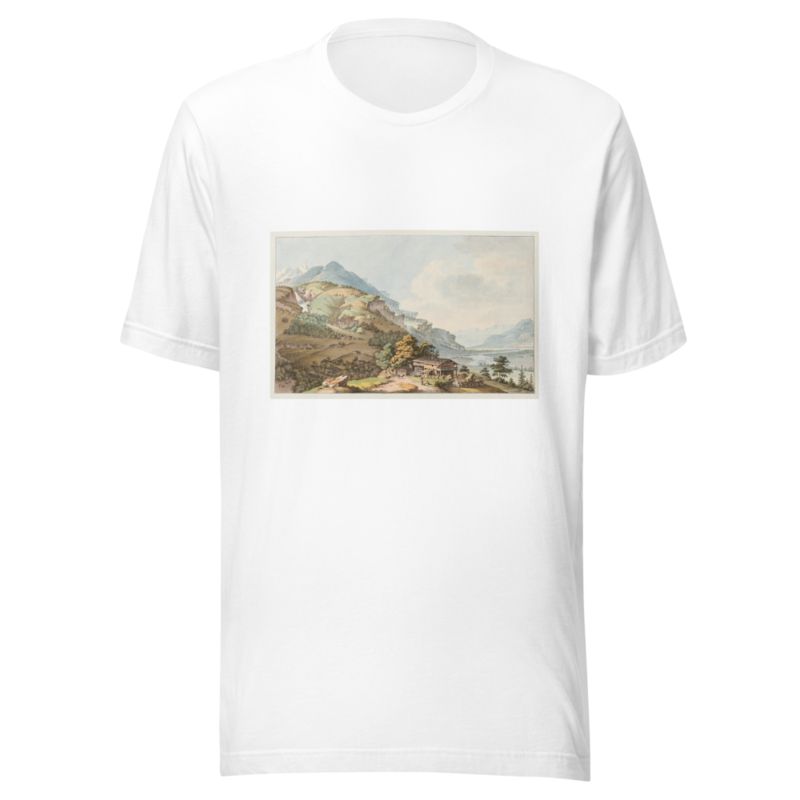
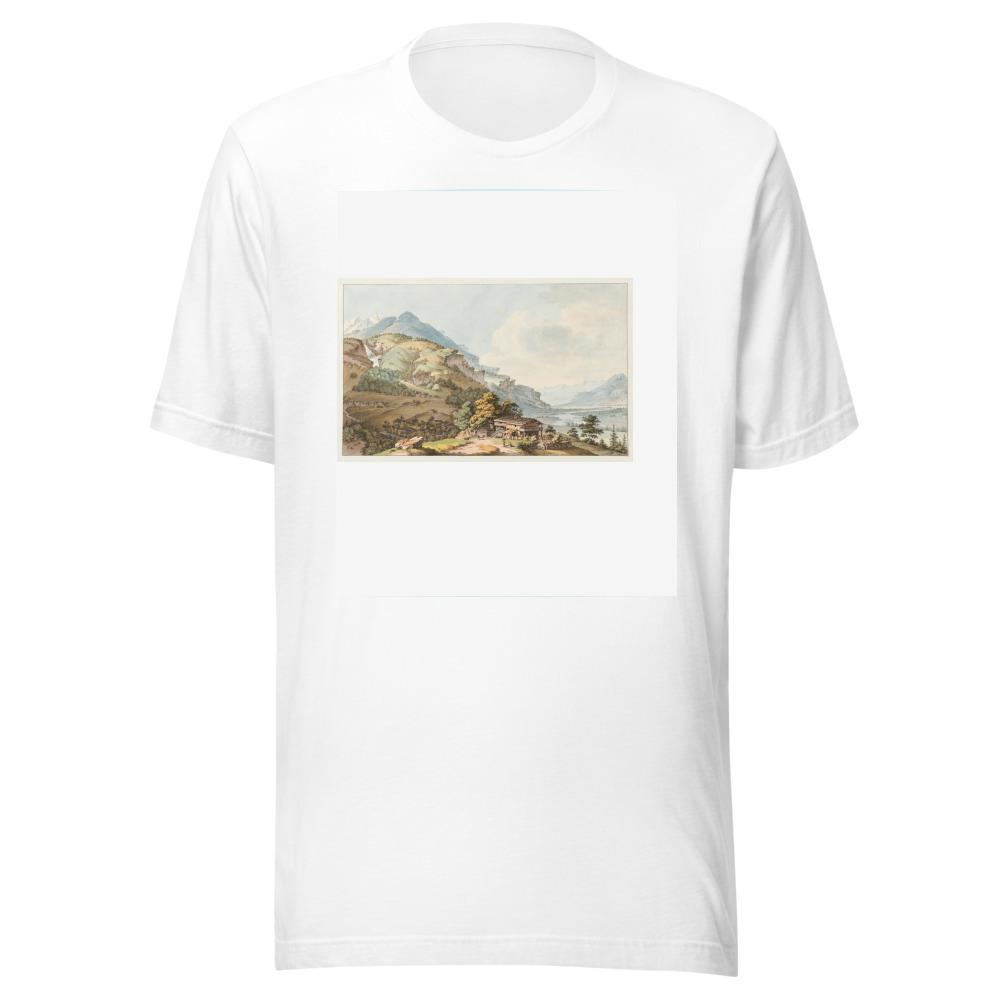
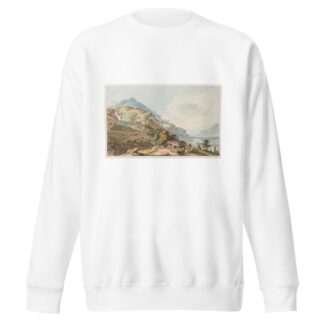
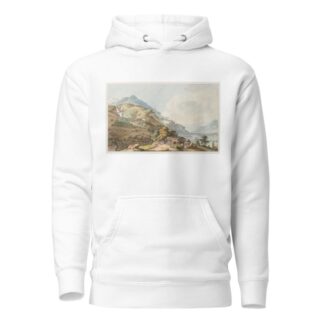
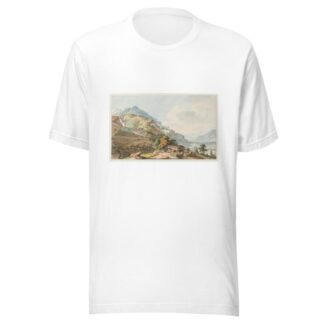
Reviews
There are no reviews yet.